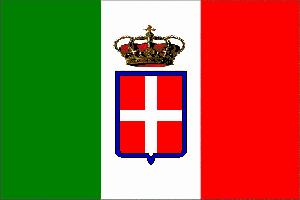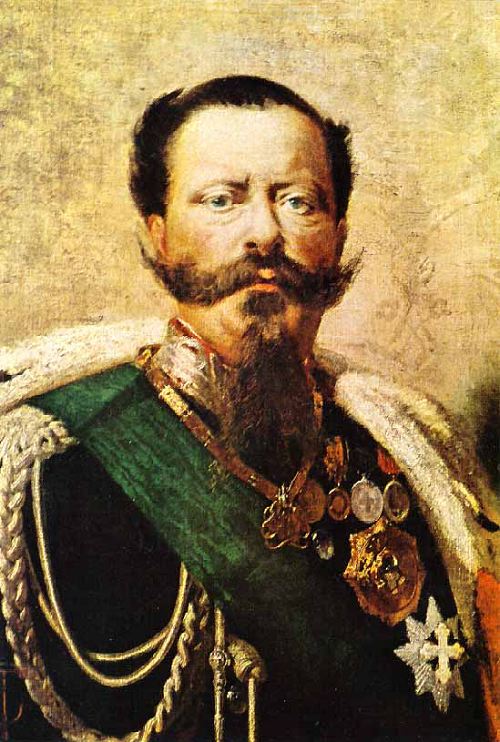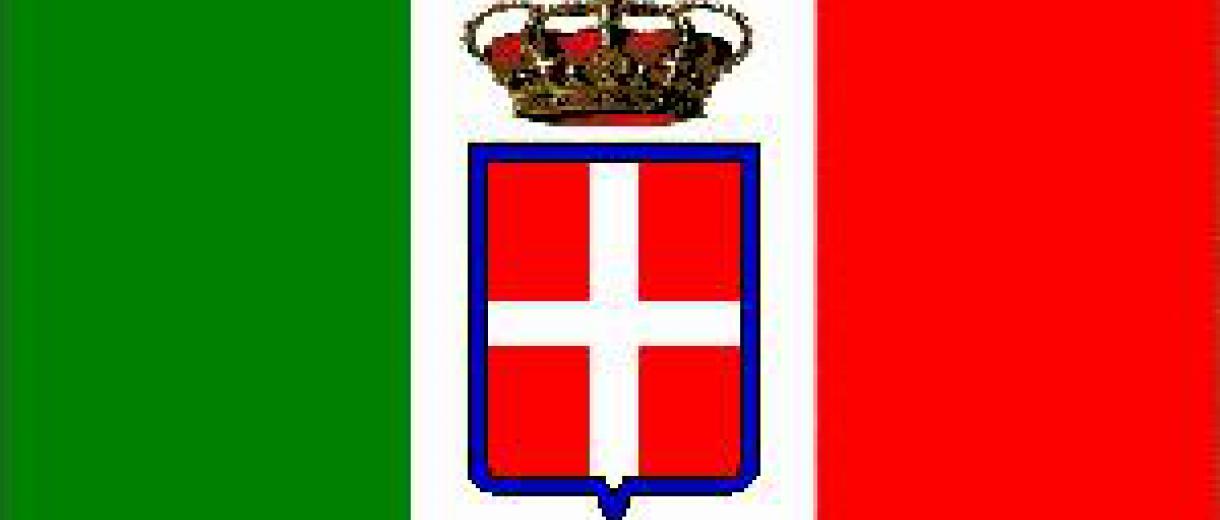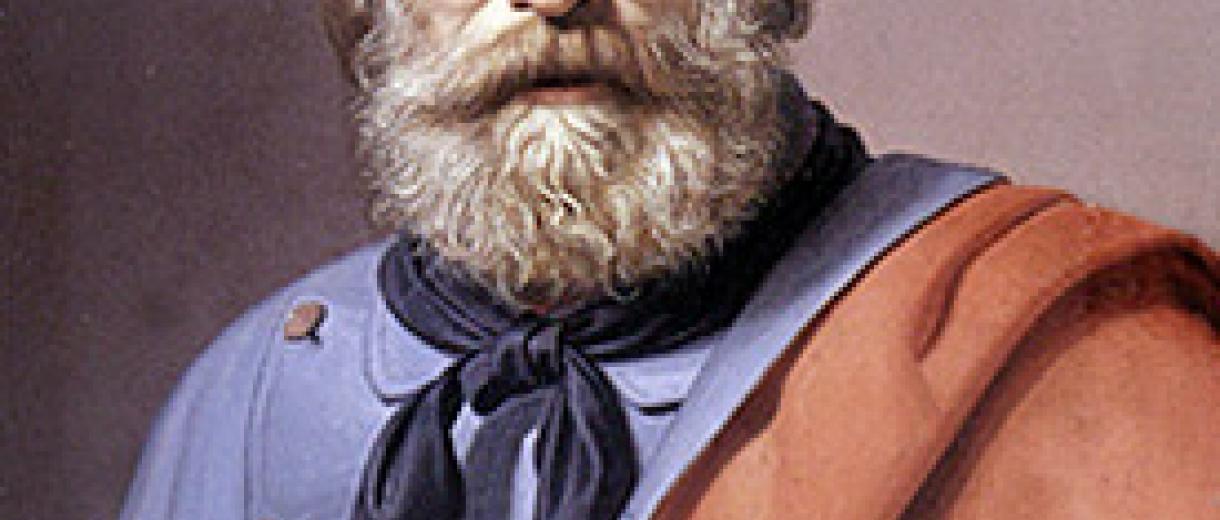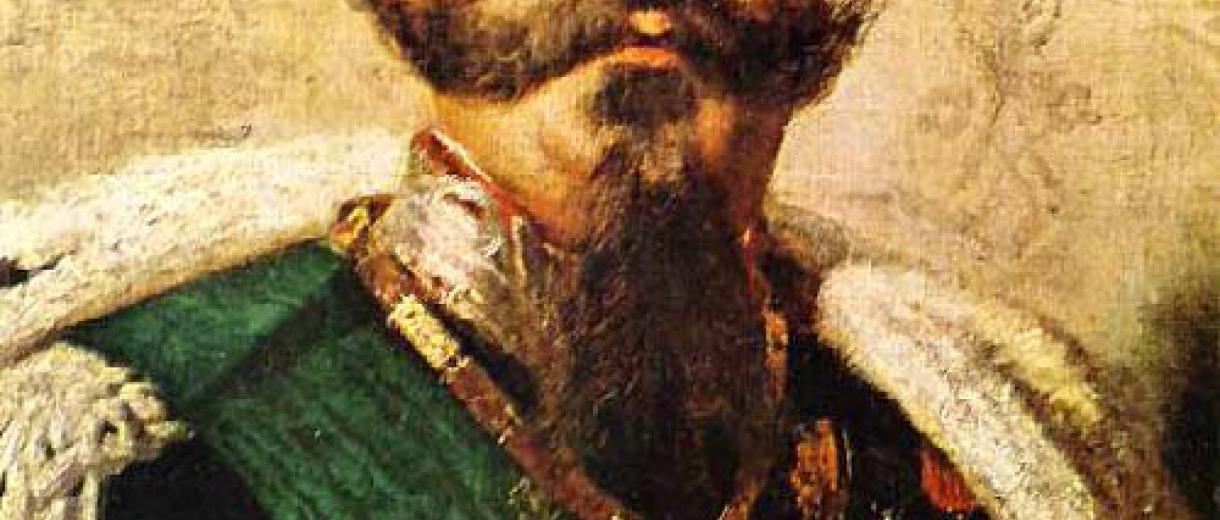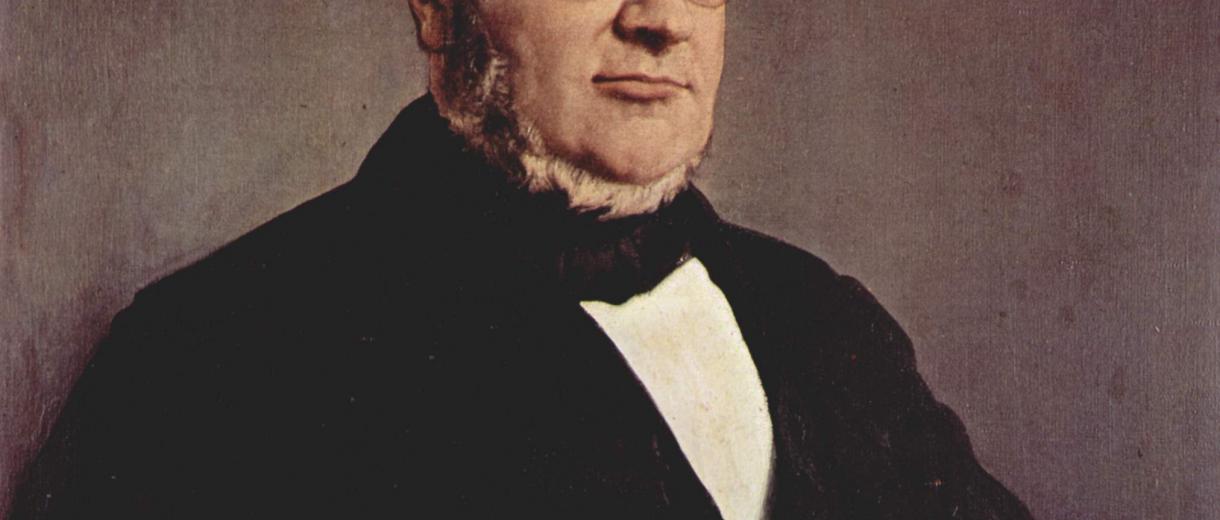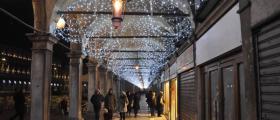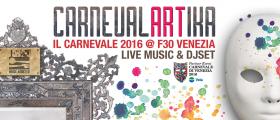At Correr Museum, the exhibition, the Hope of Venice – The Unification of Italy (1859 – 1866)
 The Correr Museum of Venice, for the celebration of the 150th Birthday of the Unification of Italy, hosts the exhibition "Venezia che spera – L’unione all’Italia (1859-1866)".
The Correr Museum of Venice, for the celebration of the 150th Birthday of the Unification of Italy, hosts the exhibition "Venezia che spera – L’unione all’Italia (1859-1866)".
1859-1866: Until May 29th, the exhibition traces the most important events of the span of time between 1859 and 1866 which begins with the second Independence War and finishes with the annexation of the Veneto and Venice to the Kingdom of Italy. A rich iconographic set, a huge selection of historical documents and some works from some museums as the Museo del Risorgimento di Milano, the Castello di Diramare of Trieste and the Musei Civici of Udine and Pordenone, the visitors will be able to know through the expositive how the lagoon city faced this significant period.
The Sections: the curators Giandomenico Romanelli and Camillo Tonini had divided the exhibition in five sections:
_ Venice who hopes: the title is inspired to a famous painting of Andrea appiani jr. who portray an allegory of Venice full of hope in the future. In this section are exhibited some works which, from the revolutionary two-year period of 1848-49, shows in an allegorical form Venice irredentist and wishful of liberation, in series of seductive images which, calling up the memory of these times, are proposed together with some “vedute” of the city, which highlight the passion for the flag during some civic ceremonies but also in tragic moments in which the city was subject to the siege and the capitulation in summer 1849.
The works of Ippolito Caffi and Luigi Querena document important places and events, whereas disillusion and broken hope of annexation, after the Villafranca Treaty (1859) when only Lombardy was annexed to the new Sabaudian Kingdom, are portray by other artists as Giacomo Casa from whom is presented the sheet of the Venice Union to Itlay.
_ Austria and Venice: the second section takes under consideration the period of the third Austrian domination (1849-1866), using institutional portraits and old cartography to illustrate the situation of Italy before unification in the properties of the Habsburg’s Crown. The construction of the translagoon train bridge and and its importance for the city has a central role in that time. The section presents also series of money, medals and shields.
_ Venice in the photographic documents: in the third section, visitors will be able to admire some photografic documents coming from archives of the Fondazione Musei Civici di Venezia. “Vedute” of the city during the Austrian occupation, portraits of protagonists and witnesses as Napoleone III, Giuseppe Garibaldi, Giuseppe Mazzini or Anna Maria Marsich Bandiera. The pictures of Domenico Bresolin, Carlo Ponti, Carlo Naya or Beniamino Giuseppe Coen show the buildings, the monuments, the Austrian soldiers, giving an unique version of the historical period they have documented.
_The Wait: The fourth section is opened with a cycle of four paintings realised by Vincenzo Giacomelli during the resistance of Venice (1848-1849), which have been immortalized in some episodes and the sabaudian presence in the epic deeds of the Risorgimento. In this section is also exposed a portrait of Pietro Cortes (soldier of Garibaldi), a feminine portrait in which the girl has in her hands the Villafranca Treaty, which, concluded between Napoleone III Imperator of France and Francesco Giuseppe of Austria, ratified the handover of Lombardy to the King of Sardinia Vittorio Emmanuele II whereas the Veneto remained to the Habsburg. The exile patriot and historical painter Ippolito Caffi is reminded by his auto portrait and some graphic notes coming from his pad in which are noted some moments as the meeting between Vittorio Emanuele and Garibaldi in Naples, used as preparatory study for a big painting today in the Sabaudian Gallery of Torino, the sketches are showing him prisoner in the Venetian jails of San Savero, until the little drawing of the “King of Italy”, the Italian flagship on which the artist will die at the battle of Lissa (1866).
_ Venice to Italy: the conclusive section of the exhibition celebrates the favourable exit of the third Independence War and the plebiscite of October 20th-21st 1866 when Veneto entered in the Kingdom of Italy. The iconography of that period, documents coming from civic collection, preparatory sketches, paintings and suggestive perio pictures, the monuments to celebrate Daniele Manin, Vittorio Emanuele II, Niccolò Tommaseo and Giuseppe Garibaldi are parts of the conclusive exhibition itinerary.
INFORMATION:
Venezia che spera - L'unione all'Italia (1859-1866)- Museo Correr Piazza San Marco.
Until May 29th 2011
Hours: 10:00-17:00, after April 01st the exhibition will close at 19.00.
